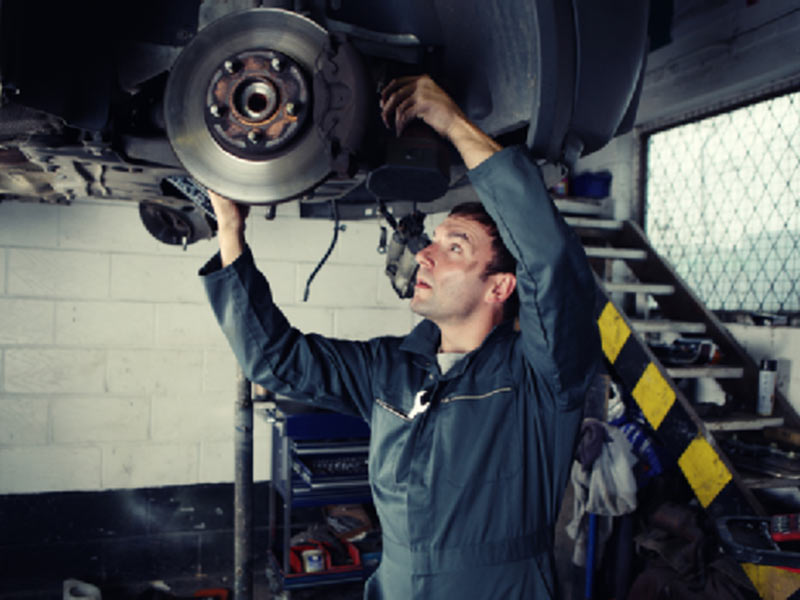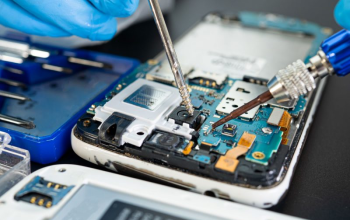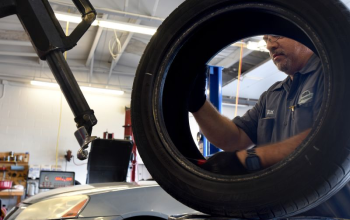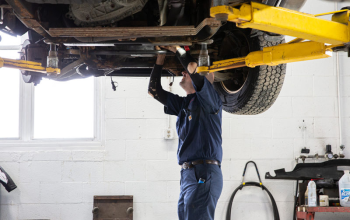In our fast-paced, consumer-driven world, the concept of repair often takes a backseat to the allure of shiny new gadgets and products. However, the art of repair not only contributes to environmental sustainability but also fosters a sense of creativity, resourcefulness, and community engagement. In this article, we will explore the significance of repair as a transformative and empowering practice, bringing back the value of craftsmanship and conservation.
- The Environmental Imperative:
The escalating environmental crisis calls for urgent action, and repair is a powerful step towards mitigating our impact on the planet. Repairing items instead of discarding them reduces waste and conserves precious resources. By breathing new life into a broken or damaged item, we extend its useful lifespan, effectively reducing the demand for new products and their subsequent manufacturing processes, which can be resource-intensive and polluting.
- The Resurgence of Craftsmanship:
In the age of mass production, repair helps rekindle the appreciation for skilled craftsmanship. Whether it’s repairing a vintage watch, refurbishing furniture, or mending clothes, each repair becomes a testament to the mastery of artisans and their attention to detail. This renewed focus on craftsmanship fosters a deeper connection between individuals and the items they own, leading to a sense of ownership and care for the products in their lives.
- Cultivating Creativity and Resourcefulness:
Repairing objects requires problem-solving skills and resourcefulness. When faced with a broken item, repair enthusiasts often need to think outside the box and devise innovative solutions to fix the issue. This process of troubleshooting fosters creativity and critical thinking. Moreover, individuals who undertake repairs develop a better understanding of the materials and mechanisms that compose their belongings, empowering them to become more self-reliant and resourceful.
- Reclaiming Personal Connections:
The modern consumer culture tends to promote disposability, leaving behind a trail of broken relationships with objects that were once valued. Repair brings the opportunity to reestablish these connections. As individuals invest time and effort into fixing an item, they form a bond with it, imbuing it with memories and experiences that make it unique and irreplaceable. This personal touch transforms objects from mere commodities into cherished possessions with sentimental value.
- Building Stronger Communities:
Repair culture often thrives in community-based spaces, such as repair cafés and workshops. These places foster a sense of camaraderie and cooperation, as individuals come together to learn from one another, share knowledge, and support each other’s repair endeavors. Beyond its environmental benefits, the repair movement creates social connections and strengthens communities, promoting a spirit of solidarity and mutual aid.
- The Economic Perspective:
Embracing repair can have positive economic implications as well. Rather than a throwaway economy that encourages constant consumption, repair-oriented practices contribute to a circular economy model. In a circular economy, goods are designed to be repairable and long-lasting, creating opportunities for repair businesses and skilled technicians. This shift could lead to more sustainable job creation and a reduction in the overall economic burden of constant replacement.
Conclusion:
Repair is far more than just fixing broken objects; it is an essential part of reclaiming sustainability, craftsmanship, creativity, and community engagement. Embracing the art of repair empowers individuals to take an active role in reducing waste, fostering resourcefulness, and reviving a culture of craftsmanship. By repairing, we rediscover the value of each item, nurturing personal connections, and creating a more sustainable and connected world. So, let us embrace the art of repair and pave the way for a brighter, greener, and more thoughtful future.








